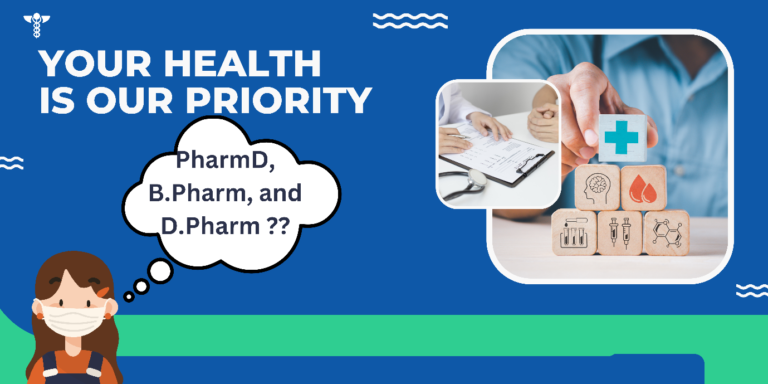Programming languages are formal systems designed to instruct computers to perform specific tasks. They provide a means for humans to communicate with machines. Each programming language has its syntax and semantics. Learning a programming language is a fundamental skill for anyone entering the field of software development, and it opens the door to creating a wide range of applications that power the digital world.

Let’s dive into the Top 8 Languages to learn in 2024!
- Python
Known for its readability and ease of learning, Python is a versatile, general-purpose programming language. Its extensive libraries like NumPy and TensorFlow opted to go machine learning. Python’s relatively low complexity and beginner-friendly syntax contribute to its wide acceptance and adoption.
- Java
As a general-purpose language with a focus on cross-platform compatibility, Java maintains high demand, particularly in enterprise applications, Android app development, and large-scale systems. Its use cases span enterprise applications and Android development, with the Spring framework being popular in web development. Java’s moderate complexity, attributed to a steeper learning curve than Python, doesn’t hinder its widespread use. Its demand remains high due to its pivotal role in web development, running on both client and server sides.
- C# (C-Sharp)
Developed by Microsoft, C# finds high demand in building Windows applications, web applications, and games. Its usage in game development, notably with Unity, contributes to its popularity. C# shares similarities with Java in syntax, offering a moderate learning curve. Its applications include diverse areas such as Windows applications, game development with Unity, and web development using ASP.NET.
- Swift
Swift, developed by Apple, is dedicated to iOS and macOS app development, enjoying high demand within the Apple ecosystem. Known for its user-friendly design and efficiency, Swift is the language of choice for crafting applications on Apple devices. Its moderate complexity aligns with its goal of providing a modern and expressive programming experience.
- Rust
Rust prioritizes performance, safety, and concurrency without compromising low-level control. Its demand is on the rise, particularly in system programming and projects requiring high performance, like embedded systems and game development. Rust’s moderate to high complexity may pose a learning curve, but its fine-grained control makes it attractive for performance-critical applications.
- Go (Golang)
Golang is developed by Google, it majorly focuses on simplicity, efficiency, and concurrency. Its demand is increasing, especially in cloud-based applications and microservices. Go finds applications in web servers, cloud-based solutions, and microservices due to its ease of learning, making it accessible for developers with experience in other languages.
- Kotlin
Kotlin, a modern language interoperable with Java, is officially supported for Android development. Its demand is on the rise, especially in the realm of Android app development. Its moderate complexity, combined with conciseness and expressiveness, contributes to its growing popularity.
HIGH PAYING TECHNICAL JOBS OTHER THAN SDE!
- R
R specializes in statistical computing and data analysis, and R remains in high demand within data science and analytics domains. Its applications include statistical analysis, data visualization, and machine learning. R’s moderate complexity is tailored to its niche focus, requiring a degree of domain-specific knowledge for effective utilization.
The choice of a programming language depends on factors like the nature of the project, the desired level of control, performance requirements, and personal or industry preferences. As technology evolves, new languages emerge, and existing ones may gain or lose popularity, shaping the dynamic landscape of programming languages.














